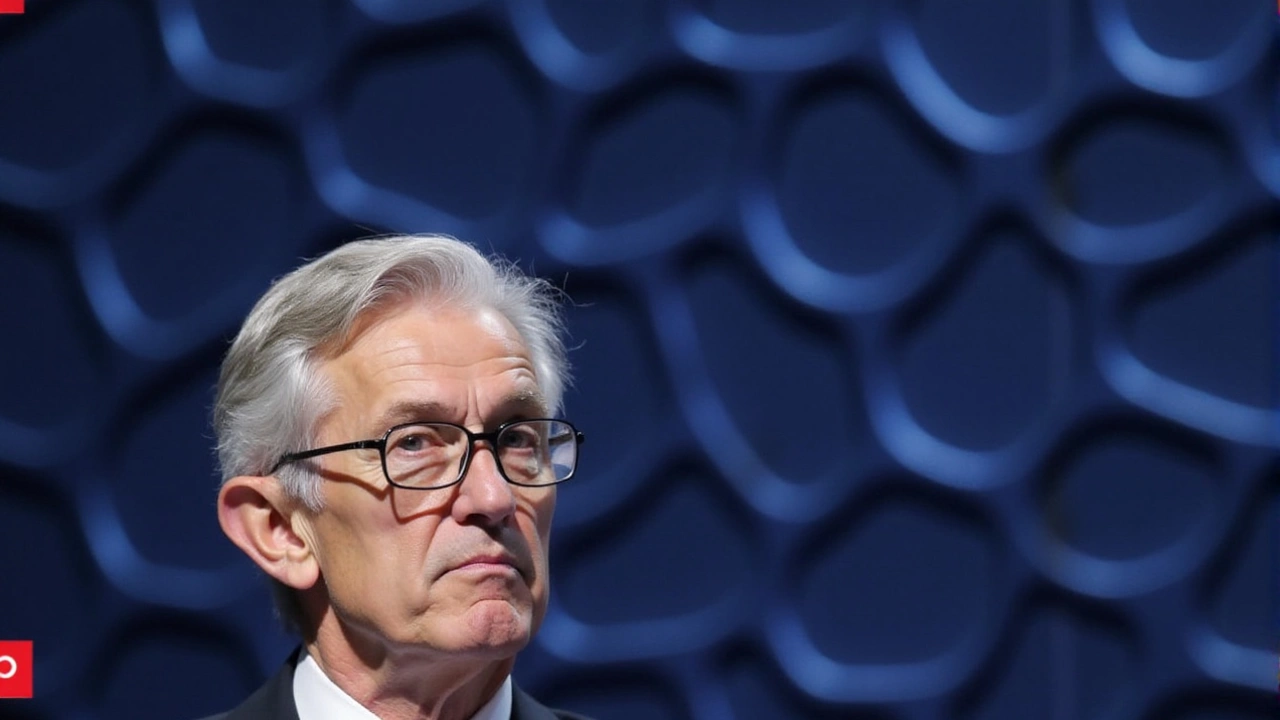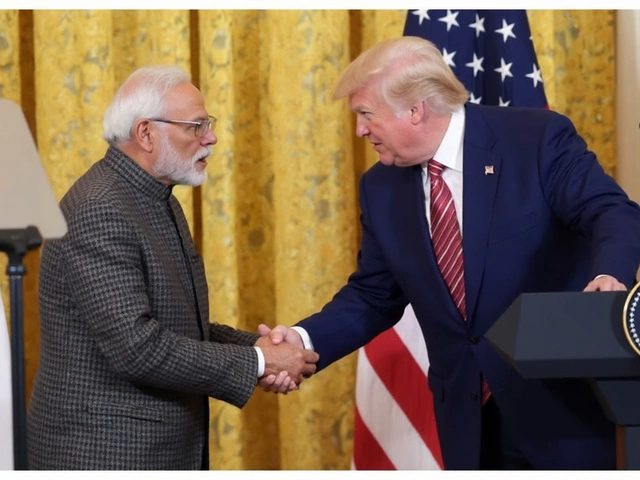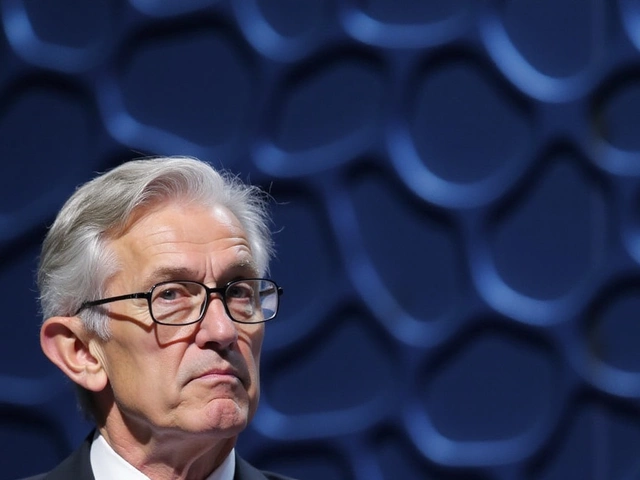Federal Reserve's Crucial First Meeting of 2025
The beginning of 2025 has set a significant stage for economic policies in the United States, as the Federal Reserve held its first crucial meeting of the year under the newly reappointed administration of President Donald Trump. With the backdrop of enormous expectations and political pressure from Trump's camp, the meeting on January 28-29 brought economic policymakers under the leadership of Federal Reserve Chairman Jerome Powell to a realm of strategic decision-making. A key expectation echoed across national and international circles was whether the federal interest rates, currently pegged at 4.25-4.50 percent, would find alteration as demanded by Trump. However, defying these anticipations, the Fed chose to keep these rates steady—a move that has rippling implications for both the U.S. economy and its complex relationship with executive pressure.
Balancing Act: Economic Data Versus Political Pressure
Donald Trump, known for his vocal opinions on interest rates, once again brought forward his demand for lower rates, suggesting that such a change could stimulate economic growth and stability, particularly amidst the backdrop of decreasing oil prices. Trump has been a consistent critic of higher interest rates throughout Jerome Powell's term, and this meeting was no different. However, the Federal Reserve, guided firmly by economic data and cautious prudence, did not waver under the looming political cloud. The decision to hold interest rates unchanged indicates a focused commitment to inflation concerns that currently stand above the desired 2 percent target, prioritizing long-term economic balance over immediate economic sparks proposed by Trump.
The Complex Dance of Interest Rates and Inflation
For years, the relationship between interest rates and inflation has been at the heart of economic policy discussions. The Federal Reserve's choice to maintain interest rates from their previous adjustment in December 2024, when they reduced them by 25 basis points, illustrates a proactive approach to navigating inflation—particularly given the background of three preceding rate cuts since September. Policymakers are meticulously evaluating the intricacy of inflationary dynamics and the economic policies ushered in with the new administration. Both supply and demand factors, global economic trends, and domestic fiscal activities tie into this complex equation, making this decision a key moment in economic forecasting for the year.
The Renewed Relationship: Trump and Powell
This steadfast decision indeed casts a new chapter in the relationship between President Trump and Federal Reserve Chairman Jerome Powell. Originally brought into the top Fed position by Trump himself in late 2017, Powell had found himself often at odds with Trump's views on rate hikes. While Trump remains an advocate for easing rates, aimed at expanding economic growth, Powell emphasizes a data-driven approach—highlighting once more the independence of the Federal Reserve from political maneuvering. This decision marks a moment of potential renewed strain but also establishes the Fed's position on maintaining policy autonomy as the global economic tide continues to shift.
Credit Data and Lending Trends Under Scrutiny
Another essential element addressed in the recent Federal meeting was the detailed examination of credit data and lending trends—both critical barometers for economic health and vitality. It is crucial to recognize that interest rates directly influence borrowing costs, impacting everything from consumer loans to corporate investments. The Fed's decision to keep rates steady suggests an observance of lending patterns and credit availability as indicators of economic stability. The intricacies of these trends offer a closer look at economic activities beyond mere cost considerations, emphasizing the Fed's cautious approach amidst an ever-evolving landscape.
The Significance of Economic Independence
Lastly, this initial 2025 meeting highlights the importance of economic independence, setting a precedent for the Federal Reserve in maintaining its charter of apolitical monetary policymaking. In the dynamic sphere of fiscal policies, where the complexities of global economics jostle against domestic pressures, the Fed's role continues to be that of balancing the analytical acumen with grounded independence. This separation remains fundamental not only to build economic trust but also to ensure effective and sustainable policy implementation. By maintaining the interest rates despite demands for cuts, the Fed has reinforced its commitment to this ethos, signaling a year of strategic focus and economic resilience.







